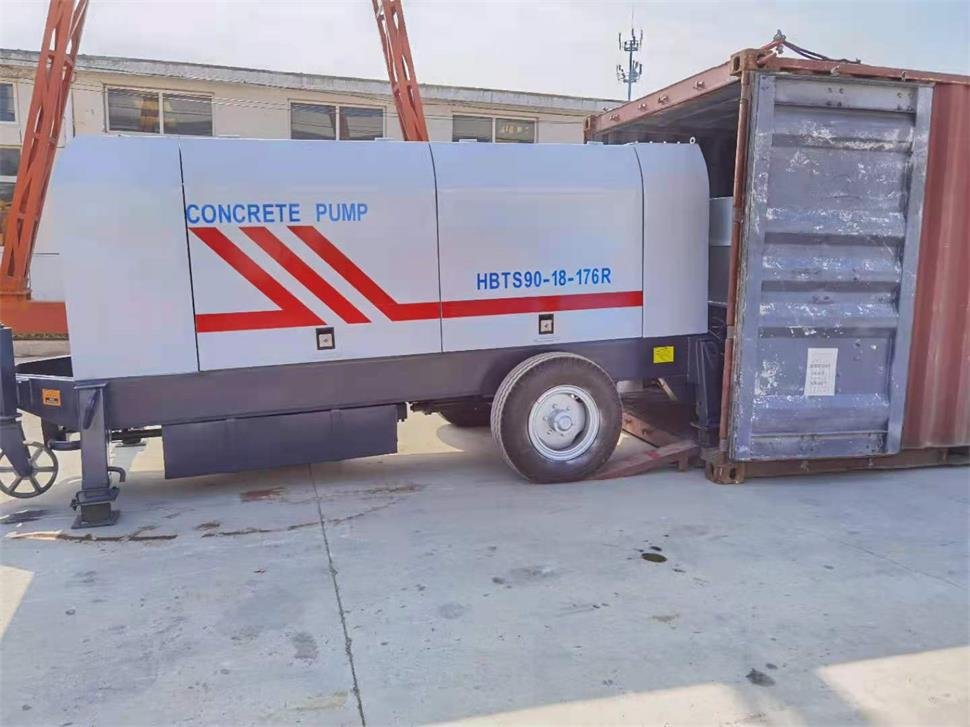Concrete delivery pumps play a crucial role in construction projects, but they can sometimes get clogged, causing delays and disruptions. Understanding the causes of clogging and how to eliminate them is essential for smooth operations.
Causes of Clogging
When concrete is pumped, it forms a columnar fluid in the center of the pipe. The surface of this fluid is covered with a layer of cement slurry, which acts as a lubricant. However, if the movement of coarse aggregates is blocked, the flow of the following aggregates slows down, resulting in the accumulation of coarse aggregates. This leads to the destruction of the lubricating layer and an increase in movement resistance, eventually causing the pipe to become blocked.
Identifying and Eliminating Blockages
There are several ways to identify and eliminate blockages in concrete delivery pipelines:
- Gradual pressure increase without material discharge, accompanied by pump vibration and pipeline displacement, indicates a blockage.
- Blockages often occur in bends and tapered pipes. Vibrations can be used to identify the location of the blockage.
- Reversing the pump rotation and using a wooden hammer to tap the suspected blocked area can help remove the blockage.
- If the blockage is near the end of the pipeline, removing and cleaning the affected section may be sufficient to resume pumping.
- If the blockage is further along the pipeline, compressed air can be used to blow out the concrete. If necessary, the pipes can be disassembled for thorough cleaning and rinsing.
By understanding the causes of clogging and implementing appropriate solutions, construction teams can minimize downtime and ensure the efficient operation of concrete delivery pumps. Regular maintenance and monitoring of the pipelines can also help prevent blockages and ensure smooth concrete pumping.


